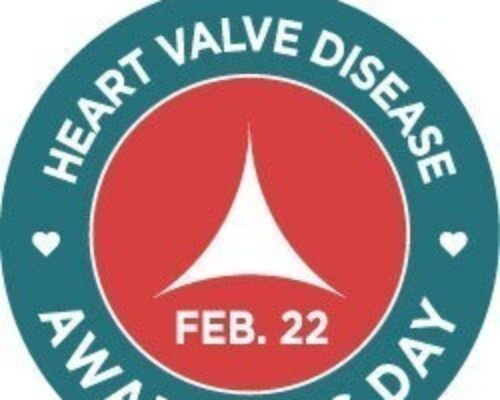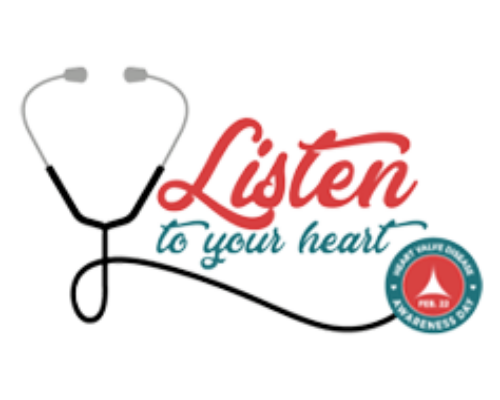There are many ways to reach out to your community and spread awareness about heart valve disease. Use these core messages, website language, social media assets, and more to get you started.
Become an AdvocateCore Messages
Our goal at Heart Valve Disease Awareness Day is to provide easy-to-understand messages that you can easily incorporate into your outreach efforts. While we encourage you to personalize and add your unique story, using consistent core messages allows us to leverage each other’s outreach and maximize impact:
- As many as 11 million Americans have heart valve disease.
- Heart valve disease involves damage to one or more of the heart’s valves which disrupts blood flow by not opening or closing properly.
- Heart valve disease becomes more common with age—one in 10 people ages 75+ are estimated to have moderate to severe valve disease.
- While some types are not serious, others can lead to major complications—including death.
- After the onset of symptoms, patients with severe aortic stenosis, one of the most common types of heart valve disease, have a survival rate without valve replacement as low as 50 percent at two years and 20 percent at five years.
- Each year, an estimated 25,000 people in the U.S. die from heart valve disease.
- Heart valve disease can usually be successfully treated with valve repair or replacement in patients of all ages.
- The survival rate for heart valve surgery is estimated at 97 percent.
- People with heart valve disease do not always have symptoms, and those who do may be told or believe that these symptoms are a normal part of aging. This is wrong and makes detection even more critical.
- Unfortunately, awareness about heart valve disease is low. A recent survey found that less than one in four adults know somewhat or a great deal about heart valve disease, and 30 percent of respondents over age 65 say they know nothing about heart valve disease.
- The goal of the annual Heart Valve Disease Awareness Day is to increase recognition of the specific risks and symptoms of heart valve disease, improve detection and treatment, and ultimately save lives.
- We have joined the campaign to help ensure that our patients, families, and community know the risk factors for heart valve disease, listen to their hearts and get them checked regularly, and know where to turn if they notice symptoms.
Website
Consider featuring Heart Valve Disease Awareness Day on your organization’s website. You can incorporate the logo, web badge, other campaign materials, and more. Please make sure the Valve Disease Day materials posted to your website also link back to www.ValveDiseaseDay.org.
Downloadable Logos
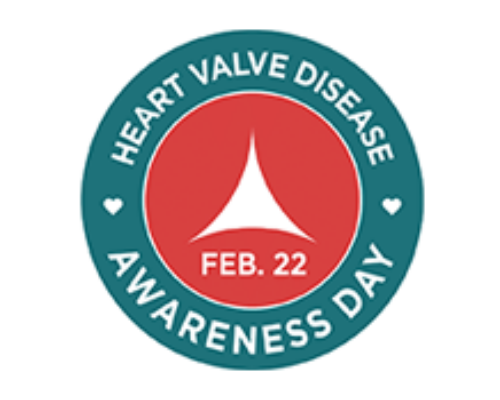
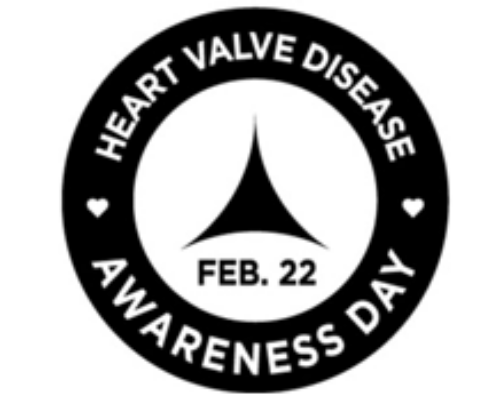
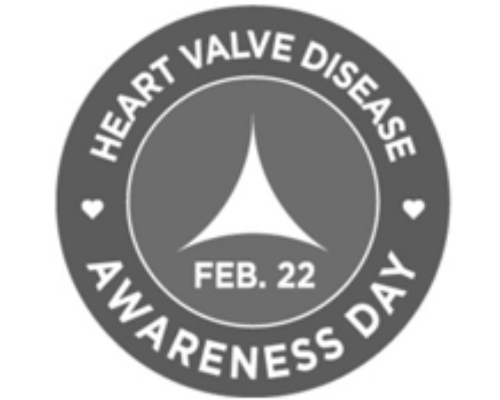
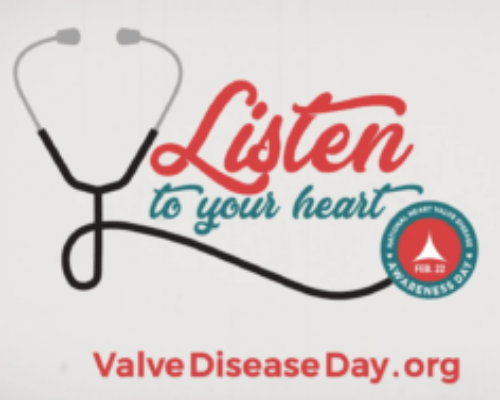
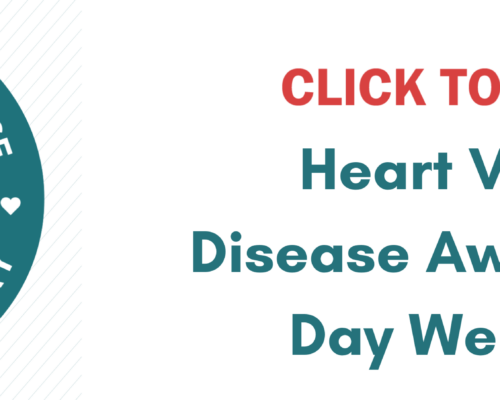
Social Media
Twitter is a great place to connect with other Heart Valve Disease Awareness Day partners, leverage outreach, and build momentum in the lead-up to and on February 22. Use Twitter to:
- Follow Valve Disease Day partners
- Get updates from the campaign from @ValveDiseaseDay
- Share partner content
- Promote your own heart valve disease materials and connect them to the Valve Disease Day campaign
- Use campaign graphics to give your post visual interest
- Use the logo as your profile or background image in the weeks leading up to and on Heart Valve Disease Awareness Day
- Link your posts to ValveDiseaseDay.org
- Host a Twitter chat about heart valve disease and mention the Valve Disease Day campaign
- Use the official hashtags in your Tweets –#ValveDiseaseDay and #ListenToYourHeart
- Encourage your audiences and connections to also spread the word
Twitter sample messages:
- When was the last time you got your heart checked? This #ValveDiseaseDay, learn the #valvedisease risk factors and symptoms & schedule your annual exam with your doc! Learn more: valvediseaseday.org.
- As many as 11 million Americans have heart valve disease, yet 3 out of 4 Americans know little to nothing about it. The annual #ValveDiseaseDay campaign seeks to change that. More at valvediseaseday.org.
- Did you know that 60% of people have heard of heart valve disease, but only 9% know a great deal about it? Learn about how #ValveDiseaseDay is raising awareness of heart valve disease at valvediseaseday.org.
- Age is the greatest risk factor for heart valve disease, with 1 in 10 people ages 75+ estimated to have the disease. But symptoms are often dismissed as a “normal” part of aging! Learn more about #valvedisease at valvediseaseday.org. #ValveDiseaseDay
- Watch the #ValveDiseaseDay Facebook live on 2/16 at 1 p.m. ET, hosted by @Aging_Research and @American_Heart & featuring Dr. Gary Gibbons, Director of @NIH_NHLBI & Dr. Frank Evans, Program Director in NHLBI’s Heart Development & Structural Diseases Branch: https://bit.ly/3cEufcH
- Join @ValveDiseaseDay for the #ValveDiseaseDay Twitter chat hosted by @Aging_Research, @ABCardio1, & @blackdoctor on February 22 at 3 p.m. ET. Follow #ValveDiseaseDay & @ValveDiseaseDay to participate!
- #ListentoYourHeart & help raise awareness about #valvedisease and save lives: https://bit.ly/2r97VlM #ValveDiseaseDay
- The goal of #ValveDiseaseDay, which takes place every year on February 22, is to increase recognition of the specific risks & symptoms of heart valve disease, improve detection and treatment, & ultimately save lives. Learn more at valvediseaseday.org.
- This February 22 marks the 5th annual #ValveDiseaseDay. Join us & @ValveDiseaseDay to raise awareness of heart valve disease & help save lives. https://bit.ly/3iNCm89
- Symptoms of #valvedisease are often dismissed as normal signs of #aging. Learn what symptoms to look for & talk to your healthcare professional. More: valvediseaseday.org.
- Even though it impacts millions of Americans, many know very little about heart #valvedisease, which causes 25,000 deaths annually. Watch this short video to learn more: https://bit.ly/3auDaLg
- Join us from the comfort of your home on February 22 for the @ValveDiseaseDay 5th Anniversary Celebration! Register now: https://bit.ly/3iNCm89 #ValveDiseaseDay
- Be sure to like us (@ValveDiseaseDay) and get regular updates on the Valve Disease Day campaign
- Include posts of your own on your Facebook pages and use the campaign graphics, logos, video, and whatever else will resonate with your audience
- Use the “Listen to Your Heart” Facebook frame on your profile picture on February 22 and declare your support to your followers
Facebook sample messages:
- Join the Alliance for Aging Research for the Heart Valve Disease Awareness Day 5th Anniversary Celebration on February 22 at 1 p.m. ET, from the comfort of your own home! Register at https://bit.ly/3iNCm89
- February 22 is the fifth annual #ValveDiseaseDay! Join us to raise awareness and help save lives: https://bit.ly/3iNCm89
- Join the Alliance for Aging Research and the American Heart Association on Tuesday, February 16 at 1 p.m. ET for a discussion with Dr. Gary Gibbons, Director of the National Institutes of Health’s National Heart Lung and Blood Institute (NHLBI), and Dr. Frank Evans, Program Director in NHLBI’s Heart Development and Structural Diseases Branch. Tune in here: https://bit.ly/3cEufcH
- Join us for the #ValveDiseaseDay Twitter Chat, hosted by the Alliance for Aging Research, the Association of Black Cardiologists, and BlackDoctor.org, on February 22 at 3 p.m. ET. Follow #ValveDiseaseDay and @ValveDiseaseDay on Twitter to participate!
- Heart valve disease involves damage to one or more of the heart’s valves, which disrupts blood flow by not opening and closing properly. While some types are not serious, others can lead to major complications—including death. Heart valve disease becomes more common with age, and one in ten people age 75 and older are estimated to have moderate to severe heart valve disease. Learn more at valvediseaseday.org. #ValveDiseaseDay
- Heart valve disease can be disabling and deadly but can usually be successfully treated in patients of all ages. This makes recognizing symptoms and getting a diagnosis critical, so make sure you and your loved ones Listen to Your Heart! Learn more at valvediseaseday.org. #ValveDiseaseDay
- People with heart valve disease do not always have symptoms, even if their disease is severe. For these people, a heart murmur is the most important clue. For those who experience symptoms, they may be dismissed as a “normal” part of aging. Learn more about #ValveDiseaseDay at valvediseaseday.org.
- Join the movement to raise awareness about heart valve disease and protect patient lives! On February 22, Heart Valve Disease Awareness Day will be recognized with virtual events throughout the country. Find one in your community by visiting valvediseaseday.org/events. Please check back as these events will be updated frequently. We hope you’ll join us in recognizing #ValveDiseaseDay!
- Although it affects as many as 11 million Americans, many people have never heard of heart valve disease. Learn more about how you can help raise awareness of valve disease signs and symptoms on #ValveDiseaseDay, which takes place February 22, at valvediseaseday.org.
- Did you know that age is the greatest risk factor for heart valve disease? One in 10 people ages 75 and older estimated to have moderate to severe heart valve disease. Although awareness increases with age, 30 percent of respondents over the age of 65 in a recent survey said they knew nothing about heart valve disease. Learn the facts and join the #ValveDiseaseDay movement by watching this short video: https://bit.ly/3auDaLg
- More than one in ten people age 75 and older have heart valve disease. Fortunately, valve disease can usually be successfully treated with valve repair and replacement in patients of all ages. Join us for the fifth annual Heart Valve Disease Awareness Day on February 22. Learn more at valvediseaseday.org. #ValveDiseaseDay
- The goal of #ValveDiseaseDay, which takes place every year on February 22, is to increase recognition of the specific risks and symptoms of heart valve disease, improve detection and treatment, and ultimately save lives. Learn more at valvediseaseday.org
- Be sure to like us (@ValveDiseaseDay) and get regular updates on the Valve Disease Day campaign
- Include posts of your own on your Instagram and use the campaign graphics, logos, video, and whatever else will resonate with your audience
Instagram Sample Posts
- Take a selfie with the downloadable selfie sign or post a photo in your heart-shaped sunglasses and use some of the sample text below!
- I’m looking forward to raising awareness of #valvedisease this upcoming #ValveDiseaseDay, taking place on February 22. Join me by listening to your heart and learning more about valve disease by following @valvediseaseday.
- This February 22 marks the 5th annual #ValveDiseaseDay. Follow @ValveDiseaseDay to learn how you can get involved!
- More than one in ten people age 75 and older have heart valve disease. Fortunately, valve disease can usually be successfully treated with valve repair and replacement in patients of all ages Join us for the fifth annual Heart Valve Disease Awareness Day on February 22. Follow @ValveDiseaseDay to learn more!
Social Media Assets
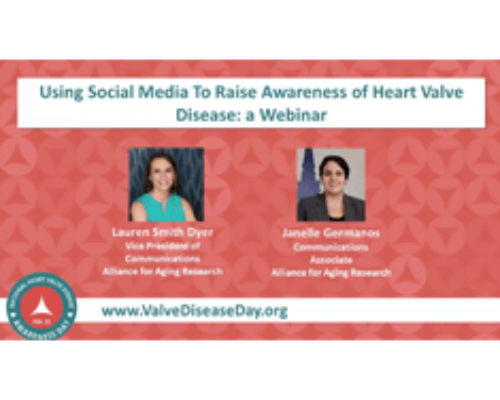
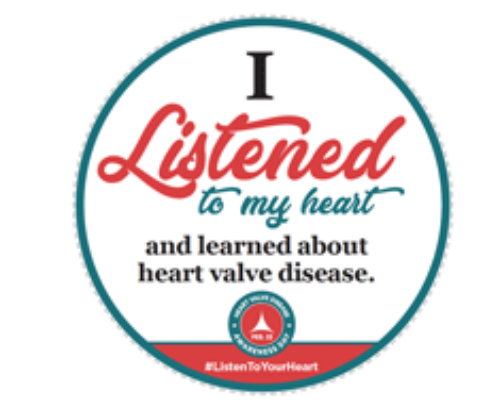
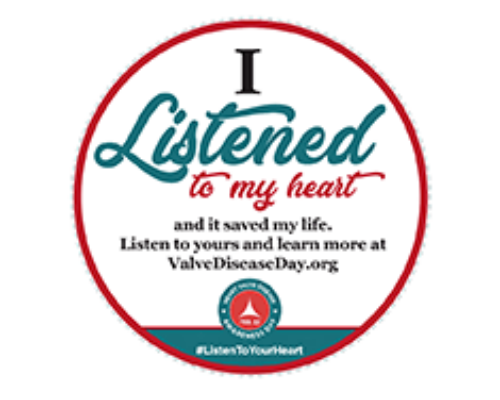

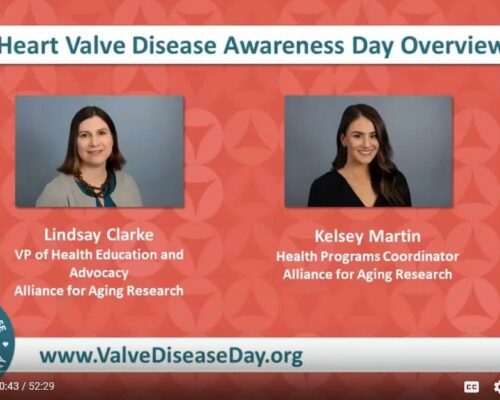




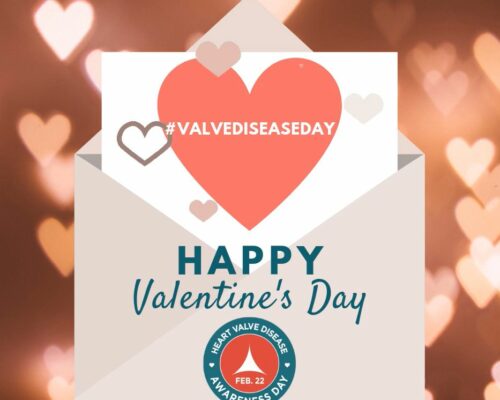
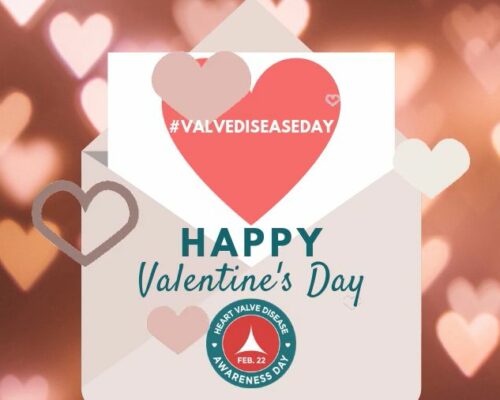
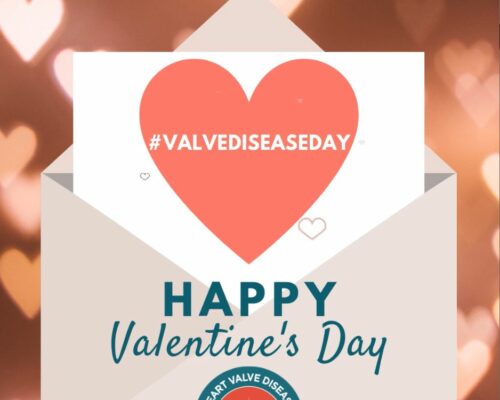
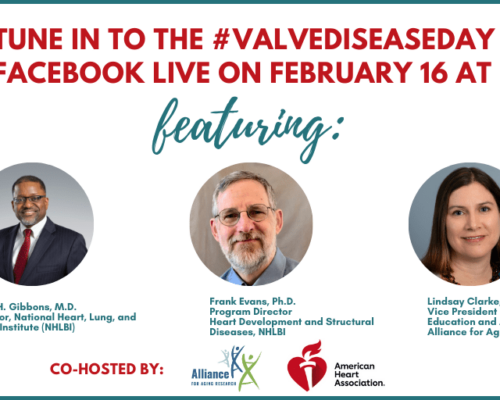
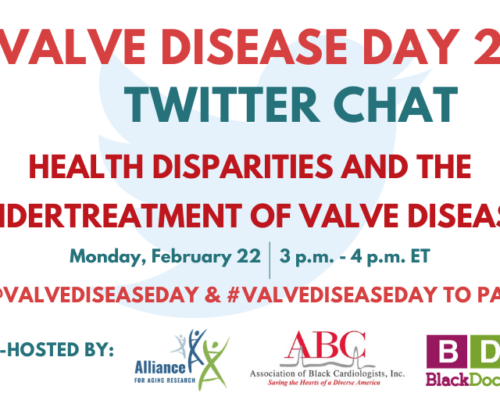
Magazines & Newsletters
Including an image or article about Valve Disease Day in your organization’s magazine or newsletter is a great way to engage your larger community in thinking about their risk factors for valve disease and general heart health.
Sample Article
Heart valve disease can be there at birth or develop due to damage from previous heart conditions or infections. Age is the greatest risk factor for heart valve disease–one out of every 10 people age 75+ have it. While some types are not serious, others can lead to major complications, including death. Millions of Americans have heart valve disease and every year, an estimated 25,000 people in the U.S. die from the disease.
Symptoms of heart valve disease can include shortness of breath; weakness or dizziness; pain, tightness, or discomfort in the chest; fainting or feeling faint; fatigue; rapid or irregular heartbeat; lightheadedness; decrease in exercise capacity; and swollen abdomen or ankles and feet. However, people with heart valve disease do not always have symptoms, even if their disease is severe. For these people, a heart murmur is the most important clue.
The good news is that most heart valve disease can be successfully treated with valve repair or replacement in patients of all ages. Unfortunately, awareness of heart valve disease is alarmingly low, with close to half of respondents to a national survey reporting that they have not heard of heart valve disease.
This February 22, and throughout the year [insert your hospital or heart center] is proud to participate in the Heart Valve Disease Awareness Day campaign. The campaign encourages you to Listen to Your Heart, know your risk factors, get your heart checked regularly, and join the movement to help spread the word and raise awareness. Learn more at www.ValveDiseaseDay.org.
Magazine Assets
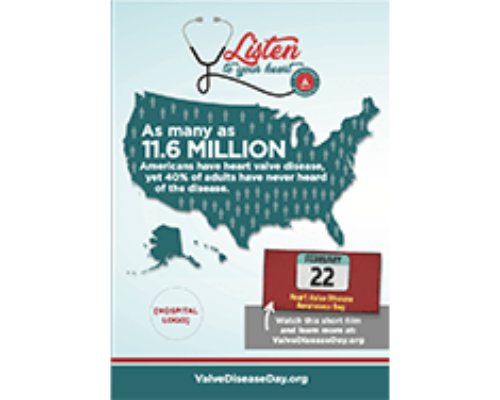
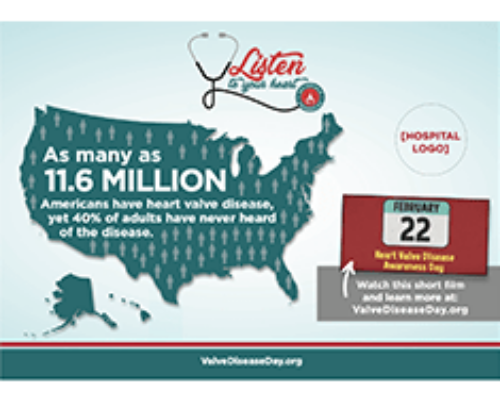
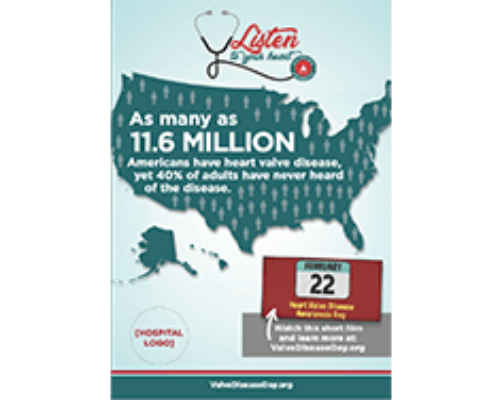
Videos
Embed or download the Valve Disease Day videos and share them on your website, Facebook, waiting room TVs, patient tablets, and more.
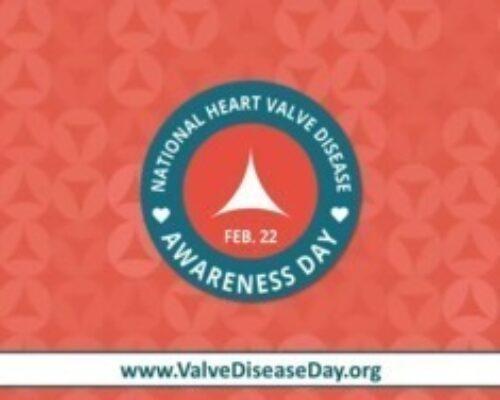

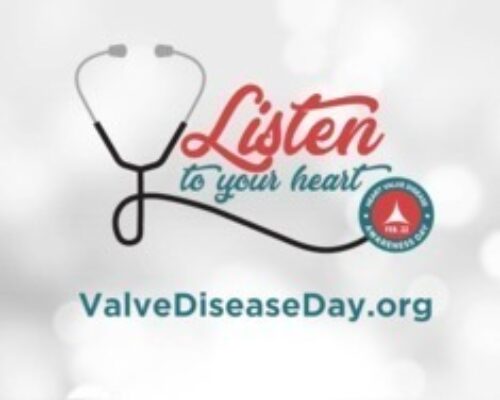

Logos
